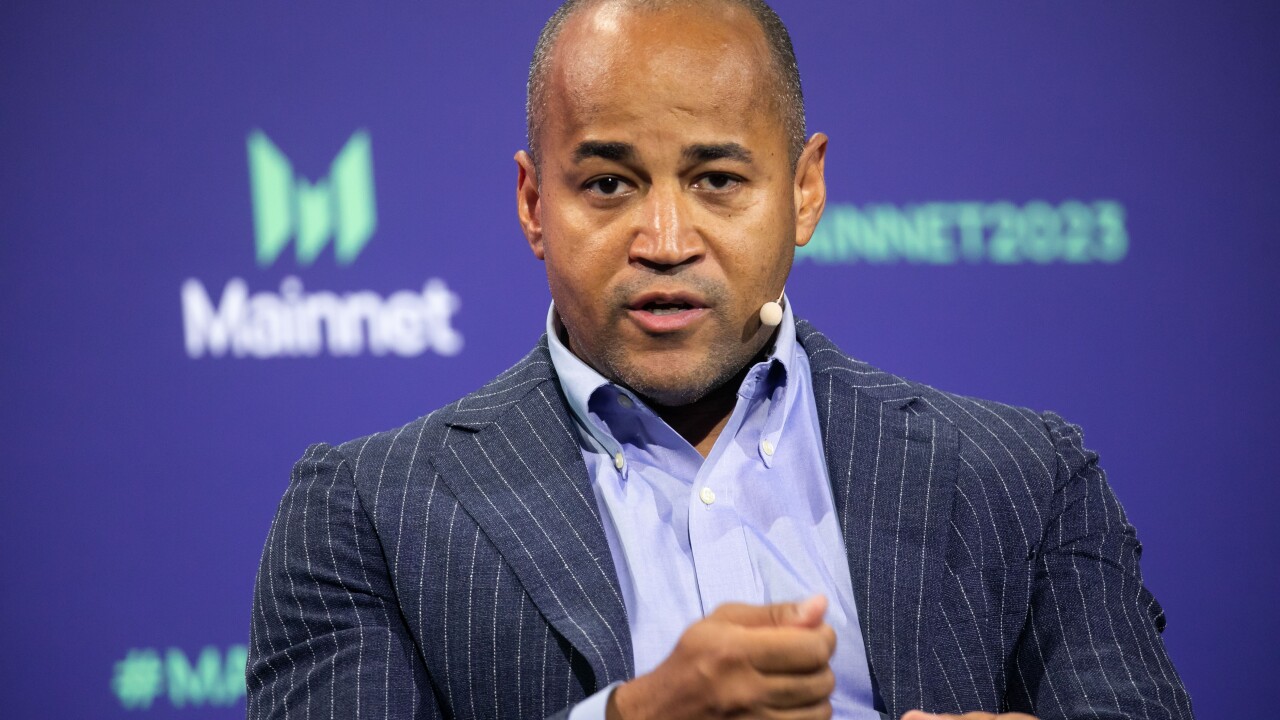U.S. Bank has found a use case to demonstrate the true value of getting in the fast lane of payments — instant funding for car sales.
Using the Clearing House's RTP rail, U.S. Bank has added support for real-time loan funding to dealerships after a loan contract is finalized by the bank. The new service follows a March partnership with the auto sales e-commerce site Driveway.com to support instant settlement for online car purchases on the secondary market.
Once these implementations get up to speed, the bank hopes other industries will want to get on board.
"These successful auto use cases raise awareness of the benefits of real-time payments for businesses in other industries," said John Hyatt, president of dealer services at U.S. Bank.

These deployments come as banks are looking to demonstrate how real-time payments can apply to everyday transactions, ranging from bill payment to more complex business-to-consumer and business-to-business financing.
There will likely be more launches of real-time payments products around specialized use cases, according to Sarah Grotta, the director of the debit and alternative products advisory service at Mercator Advisory Group.
"The RTP network and FedNow, when it launches, is just that — a network, not a product," Grotta said. "Financial institutions are focused now on developing the products or overlay services on top of real-time payments for those use cases in markets where they can differentiate."
Auto loan funding has typically been done by ACH, with varying processing speeds; if the loan is finalized outside of banking hours, it could add significantly to the processing time.
"Without real-time payments, when the dealer makes a vehicle sale, the dealer often waits days to have access to the funds," Hyatt said. "With real-time payments, the funds can be available in the dealer's account moments after the contract is finalized by the bank."
U.S. Bank began developing the technology in October 2021, and began a test on June 27, 2022, with a full launch on July 19. Dealers enroll in the Minneapolis-based bank's real-time pay technology by updating their account management apps.
The bank is selling the technology as a way to improve performance metrics for what's called contracts in transit, which are a measurement of execution for retail installment contracts that have been sent to a bank but not finalized. This leads to a long lag in when the dealer has access to the funds related to a particular sale.
By using RTP, if the loan is disbursed at 10 a.m., for example, the dealer will have access to those funds at that time. "We have seen funds transfer from U.S. Bank to external deposit accounts in as little as 38 seconds on the RTP platform," Hyatt said.
In its earlier deployment with
"What is interesting in auto is that there are multiple benefits for banks, dealers and customers," said Gareth Lodge, a senior analyst at Celent.
The two deployments are similar in that they both allow dealers to move money more efficiently, according to Hyatt. The difference is the Driveway.com deployment streamlines consumer payments for online sales; customers selling a car on Driveway.com can have the payment deposited instantly into their bank account after a sale is completed, reducing a 48 hour payment time for ACH or several days for a check. The newer dealership-focused rollout allows dealerships to receive funds from U.S. Bank faster after a consumer purchases a car with a retail installment contract.
Other banks applying real-time payments to auto finance include TD Bank, which is offering dealers a product that uses the RTP rail to match deposits, fees and other auto-related payments to inventory. And
Each company has introduced its own program to give dealerships access to real-time digital transactions.
Beyond auto finance, most business-oriented uses of real-time payments and billing have focused on recurring transactions such as
U.S. Bank has integrated real-time billing into RTP, and has tied billing to SinglePoint, the bank's treasury portal. The bank also enables billing requests through an application programming interface and through direct file transmission.
A well designed real-time payment system should support many use cases with little or no changes, according to Lodge.
"For example, for auto, it's lower-risk than alternatives," Lodge said. "It provides better cash flow. For consumers it offers instant gratification. And for banks a whole new channel and product line, while using a higher margin payment type."
The
"Eventually as these real-time payments are more available, we will start to see more general uses that reach a much broader audience and products that really scale," Grotta said.






